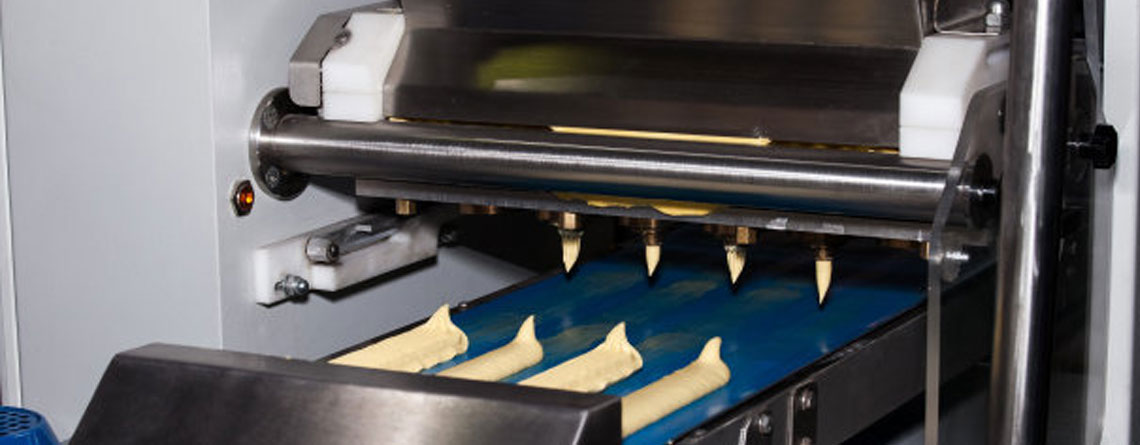Common causes and solutions for burrs in laser cutting
Burr is a common phenomenon in the laser cutting process, which manifests in various sharp corners, burrs and other irregular metal parts that appear at the transition of the workpiece surface. However, common does not mean that the generation of burrs can be accepted. It directly affects the dimensional accuracy, shape and position accuracy and surface roughness of the processed parts, reduces product quality, and brings subsequent inspection, assembly, use performance and aesthetics. There are many problems, so burrs should be avoided as much as possible.
Is the burr produced by laser cutting necessarily a quality problem of the cutting machine?
When many companies use a laser cutting machine for cutting, they find that the cut workpiece has a lot of burrs, and the quality is very unsatisfactory, so they suspect that the quality of the cutting machine has problems. Is this really the reason? In fact, it is not necessarily. In most cases, the burrs are not caused by the quality problems of the laser cutting machine itself, but because of the wrong operation method of the operator or the improper maintenance of the cutting machine.
In addition, there is another main cause of burrs, which is the auxiliary gas problem. During laser cutting, the laser beam irradiates the surface of the workpiece to generate extremely high temperatures, which quickly vaporizes and evaporates the surface of the workpiece, thereby achieving the purpose of cutting metal. The role of the auxiliary gas is to blow off the residual slag on the surface of the workpiece after the workpiece is irradiated and vaporized by the laser beam. If you don’t do this, waiting for the slag to cool, it will form a layer of attached burrs on the cutting surface of the workpiece.
Below, we will summarize several common causes of burrs and their corresponding solutions to help readers stay away from laser cutting burrs.
Common causes and solutions for burrs in laser cutting:
Reason 1: The up and down position of the laser beam focus generated by the laser cutting machine is deviated, resulting in energy not converging on the workpiece, and the workpiece is not fully vaporized, which increases the amount of slag produced and is not easy to blow off, which makes it easier to produce burrs.
Solution: Adjust the position of the focus of the laser beam, and adjust it to the best state according to the offset position it produces.
Reason 2: The output power of the laser cutting machine is not enough to effectively vaporize the metal, resulting in excessive slag and burrs. Solution: Check whether the laser cutting machine is working normally. If it is abnormal, it needs to be repaired and maintained in time; if it is normal, check whether the output value is correct.
Reason 3: The cutting line speed of the laser cutting machine is too slow, which damages the surface quality of the cutting surface and produces burrs.
Solution: Adjust and increase the cutting line speed in time to make it reach the normal value.
Reason 4: The purity of the auxiliary gas of the laser cutting machine is not up to the required standard, which will also cause the workpiece to produce burrs.
Solution: Replace the auxiliary gas with higher purity.
Reason 5: The working time of the laser cutting machine is too long, which makes the equipment appear unstable, which will also lead to the generation of burrs.
Solution: Turn off the laser cutting machine and restart it after a period of time so that it can be fully rested.

